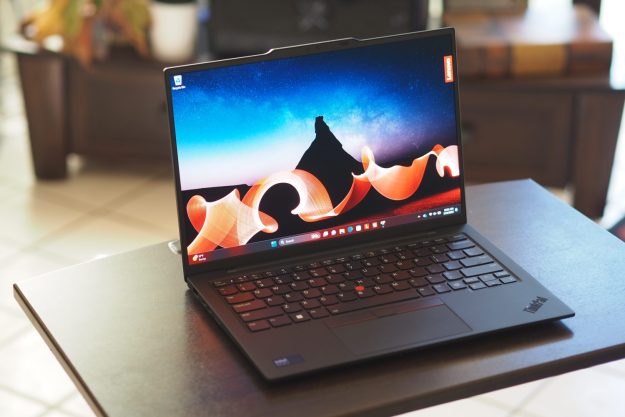
Storage manufacturer Seagate is blowing its own horn today, claiming to be the first hard drive manufacturer to have shipped more than 1 billion drives. According to the company, the entire storage capacity of drives shipped over the company’s 29 year history totals more than 79 million terabytes…and that number isn’t going to stand for long, since the company is currently shipping more than 111,000 terabytes per day.
"Al Shugart and a few others started the company behind a convenience store in 1979 and enabled the birth of the first PCs," said Seagate CEO Bill Watkins in a statement. "Today we’re at the center of the digital content revolution. So reaching this milestone is a great opportunity for us to reflect on our accomplishments and those of our predecessors, and to also look forward to the great things we can still achieve as a company."
The company’s first hard drive stored a whopping 5 megabytes of data, weighed roughly 5 pounds, and was priced at $1,500, or the equivalent of $300 per megabyte. Since then, hard drive capacities have blossomed while prices have continuously dropped: a megabyte of storage on a modern drive costs about 1/5000th of a cent.
Seagate currently estimates it will ship its two billionth drive in less than five years.
Editors' Recommendations
- Razer’s most boring product is also one of its best
- Best external hard drive deals: Portable SSDs, game drives & more
- This laptop beats the MacBook Air in every way but one
- One of HP’s best 2-in-1 laptops just had its price slashed to $460
- This new VR headset beats the Vision Pro in one key way and is half the price


